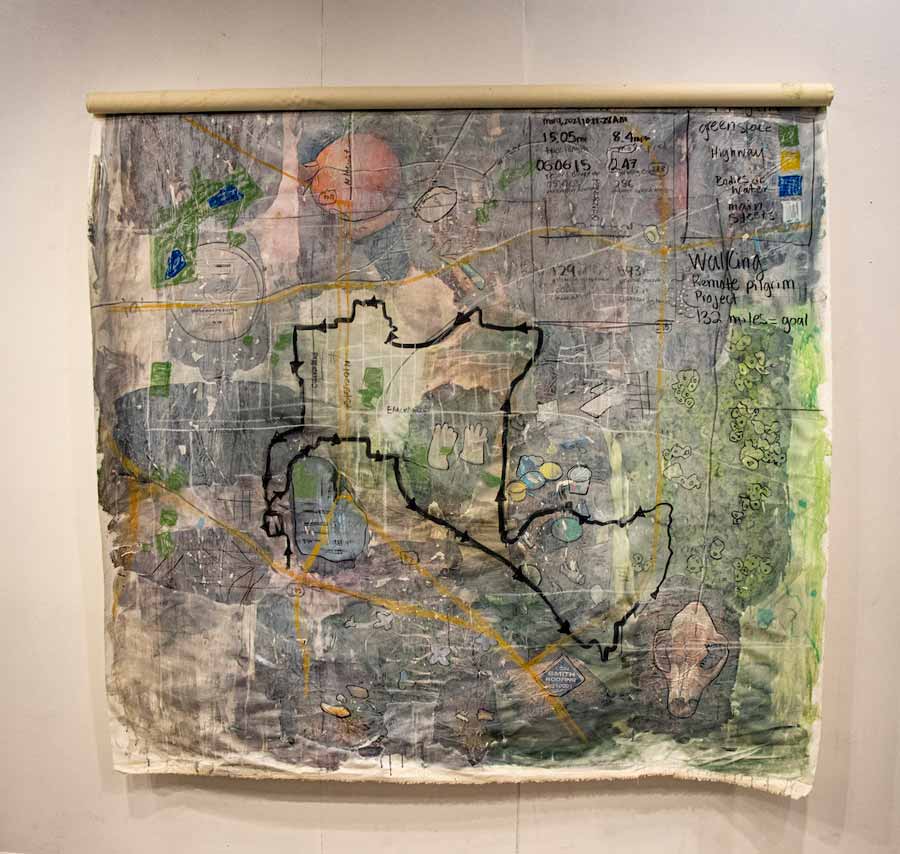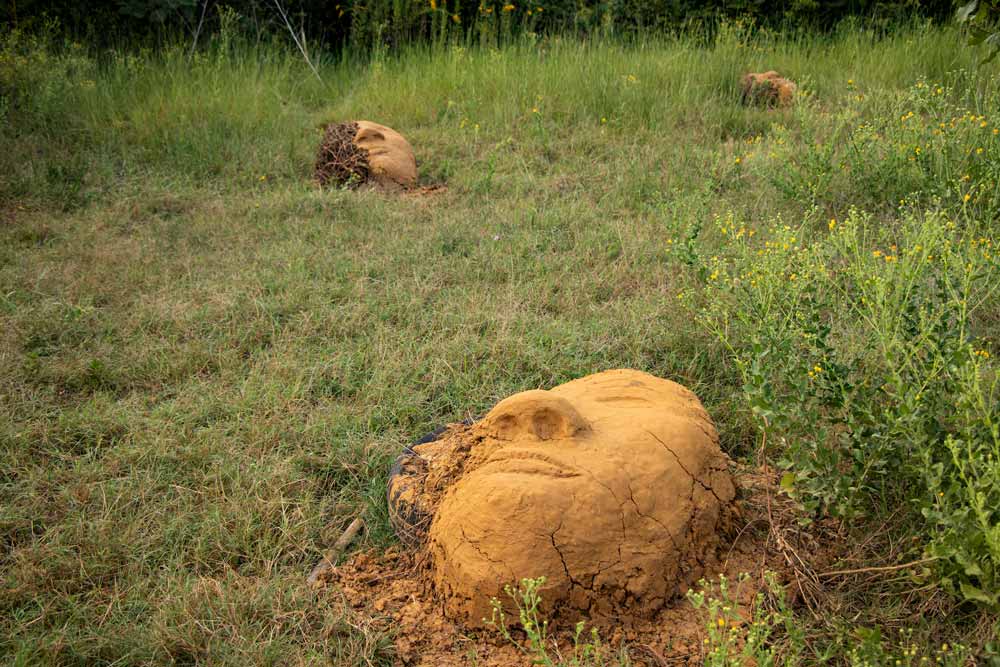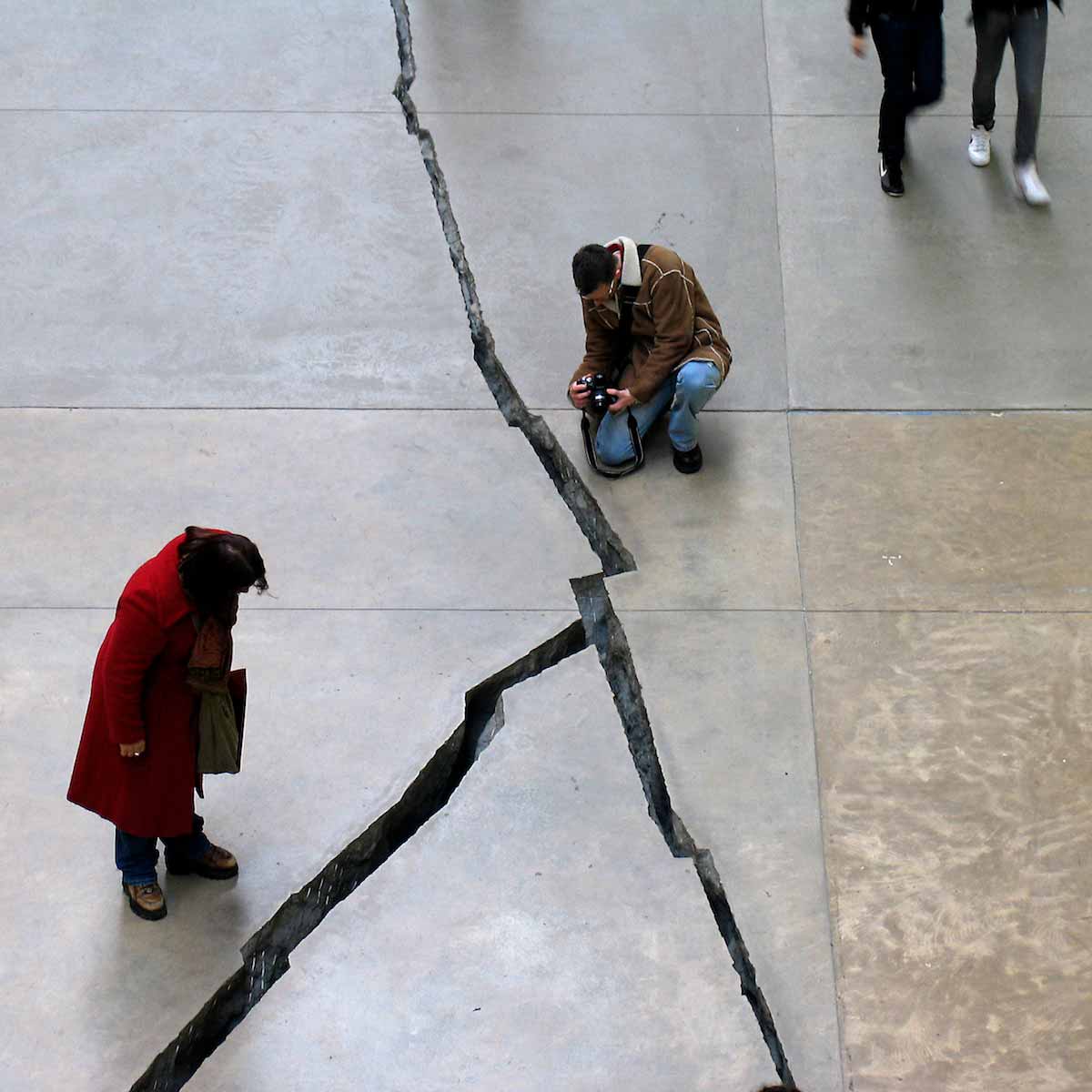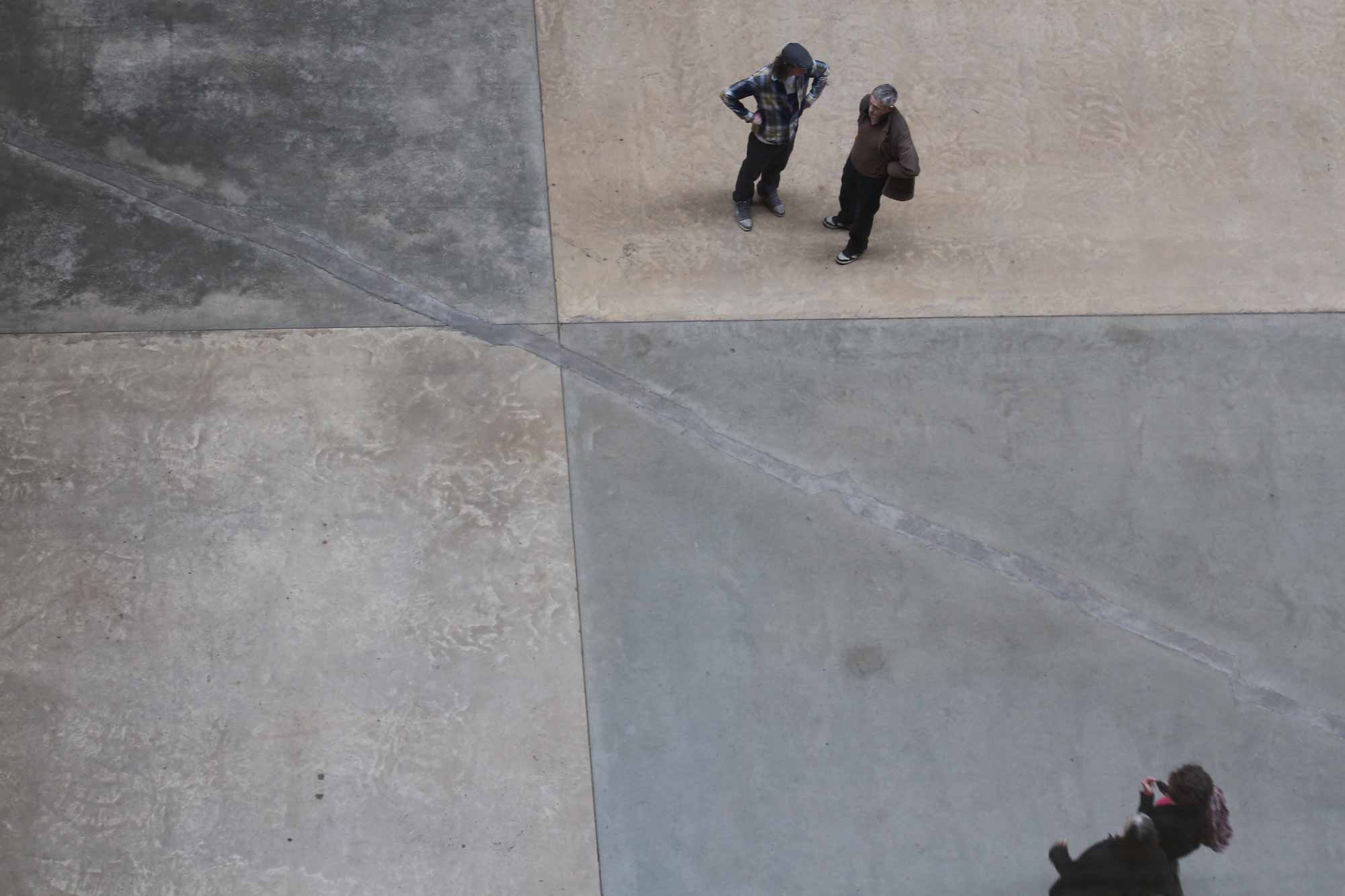chairs /
- Tatiane de Oliveira Elias, Federal University of Santa Maria, Brazil
- Patricia Branco Cornish, Concordia University
This panel aims to examine works by Ibero-American artists from the colonial period to contemporary times that debate migration and people's movements across geographies. We seek to debate how artists interpret a new reality with constrained people movement in a pandemic. We seek contributions from a wide range of disciplines that engage with artistic practices in an Ibero-American context, including painting, performance, multimedia, art installation, and virtual reality (VR). We encourage submissions that debate how Ibero-American artists portray in their work the political and social aspects of cultural transfers resulting from people's migration. We seek to discuss issues affecting minority populations and cultural transfer discourses in the context of immigration. We seek to debate how these works by Ibero-American artists demand from their makers a reconfiguration of thought and practices in current realities. We explore the importance of maintaining the Latin American historical memory and raising questions about preserving Latinxs identity and diversity. How politics influenced the Latin American art scene? How does the cultural flow happen in a new geographical location? How can arts promote cultural identity? How do artists negotiate their migrant identity in new geographies? How can artistic practices be reimagined in a new context in which we have limited physical interactions with others?
Tatiane de Oliveira Elias is a professor assistant at the Federal University of Santa Maria. She taught introductory and upper-level courses in Art History and Museum Studies. She is currently teaching Brazilian Art, Art Theory and Global/Local and Transcultural Art. Her research interests are contemporary Brazilian Art, Global Art, Latin American Art, Art and Politics, Art and Diversity, Art and Dictatorship. From 2004 to 2008, she studied Art History at the Ludwig Maximilian University of Munich. In 2008, she studied abroad at the Venice International University (VIU). In 2003, she received her MA in Art History from the University of Campinas, Brazil. She earned her PhD (2014) in Art History at the State Academy of Art and Design in Stuttgart, Germany.
Patricia Branco Cornish is a PhD student at Concordia University (Communications) who investigates how oral history and art are powerful sources of community support and agency to artists living under dictatorship in Latin America. Patricia's research interests include oral history and Latin American contemporary by women as instruments of political change, self-identification and resistance. She holds a Master's degree in Aesthetics and Art History from the University of São Paulo (MACUSP), Brazil. Patricia has worked as an independent art curator and gallery owner supporting the promotion of young Brazilian artists.

Maria Villanueva, Ofrenda, 2021.

Maria Villanueva, Human/Nature, 2020.
A.4.1 Legend Systems: Navigating the Higher Education System as a Student and Educator as a Person of Colour
Maria Villanueva, University of North Texas
The main goal of my art practice is to more deeply connect to the natural and urban environments as a human being and maintaining or even reclaiming my cultural Hispanic heritage. I work with geographical data, virtual and augmented reality technologies, and natural elements like soil, rocks, and trees. I am inspired by Guy Debord's idea of Psychogeography, which describes the psychological experience of exploring the city and illuminating forgotten, discarded, and marginalized aspects of hyperlocal communities. I will show images and talk about my artwork consisting of sculpture installations, often site-specific, using found materials like soil, plants, trash, or trees in which I aim to reconcile my identity as an immigrant navigating the geography of my surroundings. I will show illustrated maps about my investigations on the geography of the large urban environment in which I currently live. My artworks are examples of my struggles and successes in navigating the new geography and adapting to and adopting new cultures in the places I live at the time. My experience navigating the academic environment as a student and also my future as the next generation of educators is appropriate and necessary to discuss as a topic of importance in the Ibero-American Art, Identity, and Resistance platform. As a graduate student in the higher education system, I constantly questioned whether my presence as a person of colour was a symbol of tokenism rather than emphasized as a true representation of the social landscape. Now that I will be part of the higher education system as a university professor, I want to be involved in promoting dialogue and discussions about diversity and inclusion from a personal perspective and prepare to implement such ideas in my own classroom for the next generation of students.
Maria Villanueva is a multimedia artist whose studio art practice focuses on the human and natural ecologies that shift and form in the urban and natural environment. The media varies from technology, painting, photography, video, performance, to site-specific sculpture installations. Maria grew up in a small rural village in Guanajuato, Mexico, and later relocated to the United States to continue her studies. She earned a Bachelor of Fine Arts from the Columbus College of Art and Design in Ohio in 2009 and an MFA in Drawing and Painting from the University of North Texas in Denton, Texas, in 2021. Maria's work has been exhibited in national juried exhibitions in Mississippi, New York, Ohio, and Texas. Some recent works have been exhibited at Bath House Cultural Center, Umbrella Gallery, Mary Tomas Gallery, Texas Discovery Gardens in Dallas, and Charles Adams Studio Project in Lubbock.

Doris Salcedo, Shibboleth, 2007–8. Tate Modern, London.

The remains of Shibboleth, 2013. Tate Modern, London.
A.4.2 Unearthed and Unsettled: Displacement in Doris Salcedo's Shibboleth
Grace Thompson, University of East Anglia
This paper is concerned with constructions of negative space and political space. It seeks to establish displacement in relation to site-specific art practices as a means to explore the limits and possibilities of migratory representation in international art spaces. It takes as a case study the Colombian artist Doris Salcedo's Shibboleth (2007–8) at Tate Modern, a fissure that tore through the concrete floor of the Turbine Hall, ripping open the institute's very structure. Salcedo claims Shibboleth as a negative space "because it is the space of immigrants," but it is also a negative space formally. Theoretical formations of political space, however, have tended towards a positive space of appearance. How does a rupture, an evocation of absence — as is claimed for the negative space of Shibboleth — also lead to an artwork which, as theorized by Mieke Bal, manifests political space? Working through the difficulties of how to frame the locality of Salcedo's work as she navigates both a "Colombian" context and international art circuits, this paper pursues "displacement" as central to Shibboleth. The displacement of Shibboleth calls into question Tate Modern's manifestly "global approach" and interrogates it as an institution through which neocolonial phenomena circulate. Arguing against theories of displacement as a universalizing tool for unhinging a work from its site, I seek to establish displacement as a site-specific tool. Displacement in Shibboleth is not the loss of site, but the presence of many sites, which disrupt the contingency of the host site. Through Shibboleth, displacement is figured as a form of site-specificity that can accommodate multiplicity, a political space that is productively critical of its own constructions of space, borders, and travel.
Grace Thompson is in the third year of an AHRC funded Art History PhD at the University of East Anglia, UK. Her project — entitled Performing the Public; the Turbine Hall Series in Tate Modern — looks at how contemporary issues of "publicness" have been expressed in, or shaped by, the works commissioned over the series' twenty-year-run. Her interest in the Colombian Doris Salcedo derives from this body of research. In the past year, she has delivered papers at the Art History in Climate Change Conference (Courtauld), as part of the World Art Research Series (UEA), and in the Research Lunch series at the Paul Mellon Centre.
A.4.3 "Con colores resistimos:" Queer Latin American and Latinx Art and Activism
Alexis Salas, New Mexico State University
Puerto Rican artist Ruben Rolando's assertion that "with colors we resist" unfolds a dialogue about what/ how queer art and activism, especially Latin American and Latinx queer activism, manifests itself now. Might Latin American and Latinx queer tools for resistance be as conceptual as colour, and if so, what does that mean about the dismantling them might enable? Historically grounding the query with the specific art and activism relationships that political movements such as the US Civil Rights movement, the international AIDS crisis, and marriage equality among them, this talk then moves on to ask how art and activism are currently, that is, if it must adhere to the forms (muralism, quilts, posters and paper ephemera) and spaces (direct contact with activist organizations) in order to enact activism or if concept and representation might be current forms. Thinking through how activism is differently enabled in an era of multiple platforms, the article further addresses how queer temporalities relate to the politics and history of the vast Latin American and Latinx region as part of a larger effort to examine the relationship of race, gender, and power as they pertain to material culture, contemporary self-expression, and art.
Dr. Alexis Salas (she/ella) is an art historian of global modern and contemporary art with a specialization in the Americas (Latin America and the Latinx United States). Her first book, Disparity at Play: The Artists and Projects of Temístocles 44 (Mexico City, 1991–2003), currently a manuscript in process, looks at how an artist collective in Mexico City used the conditions of neoliberalism to produce subversive collective projects. Her second book will focus on the relationship between art (practices, markets, patrons) and oil.